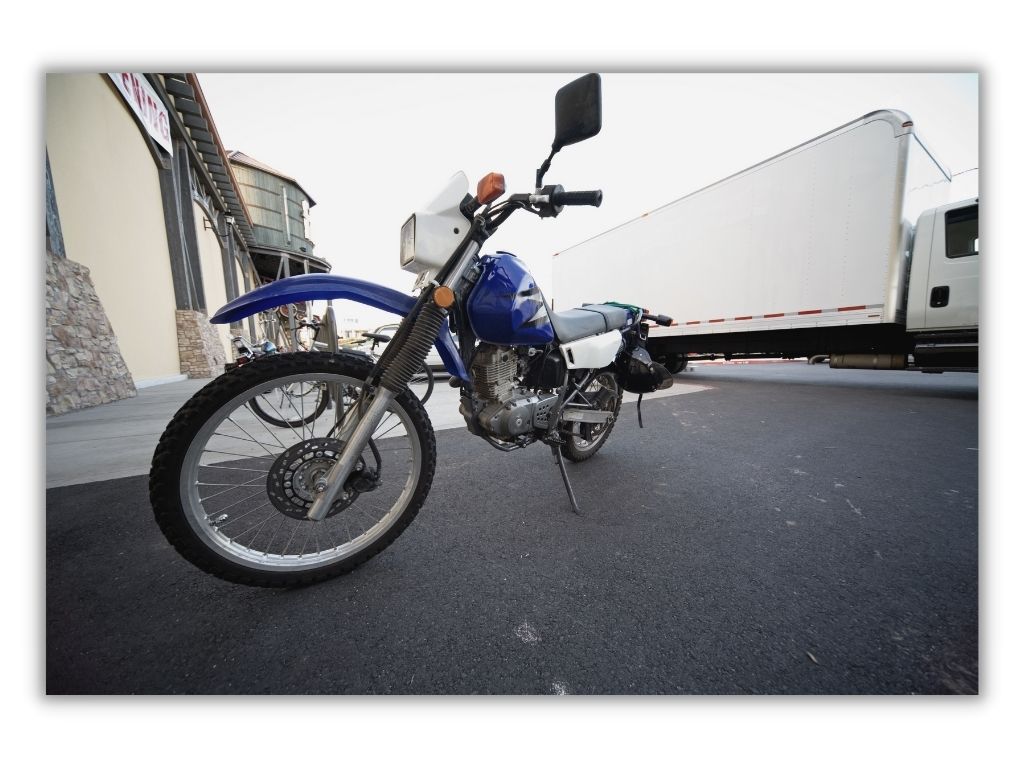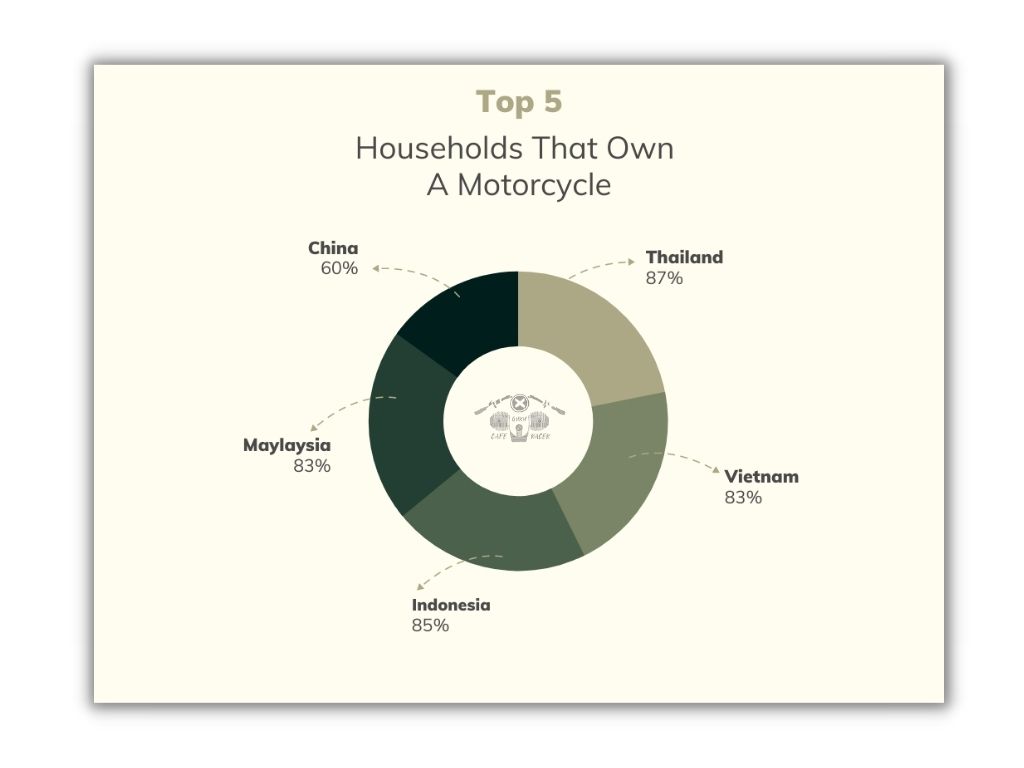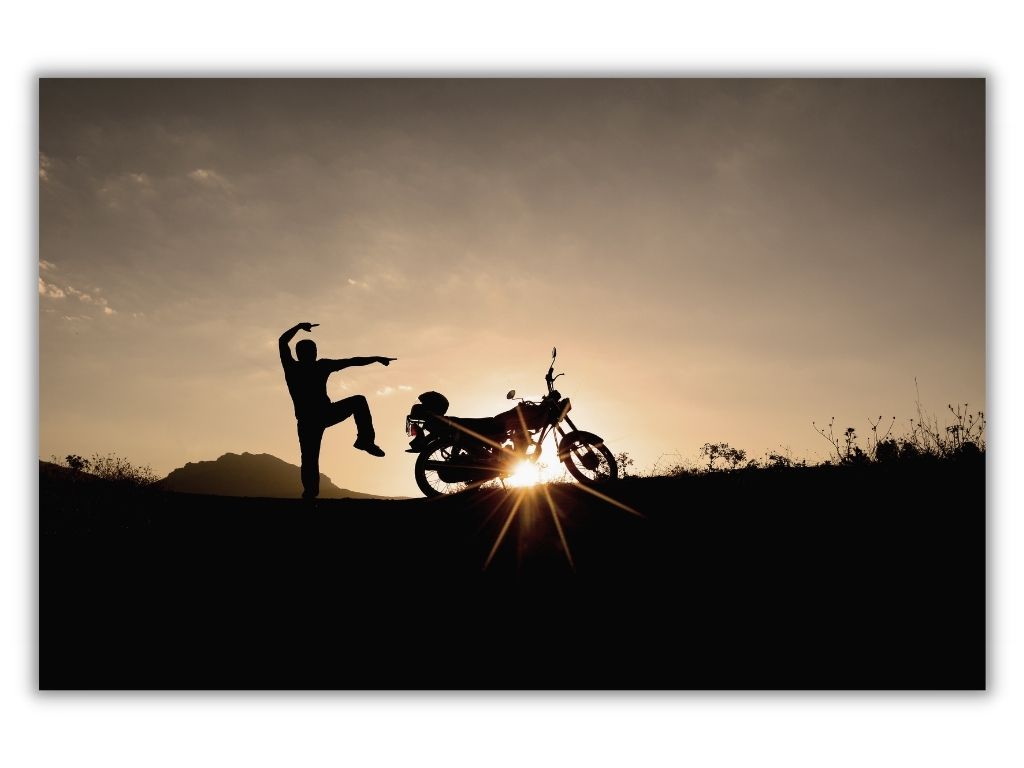The Cafe Racer came roaring straight from the heart of the 60s and has been racing down streets ever since.
There’s something so alluring about a perfectly made custom bike. They’re cool. They’re fast. They’re suave.
But are they good for long rides?
This article will trace through the characteristics of a Cafe Racer and discuss its potential for performance and comfort for long-form riding.
Hit that throttle and see you at the finish line.
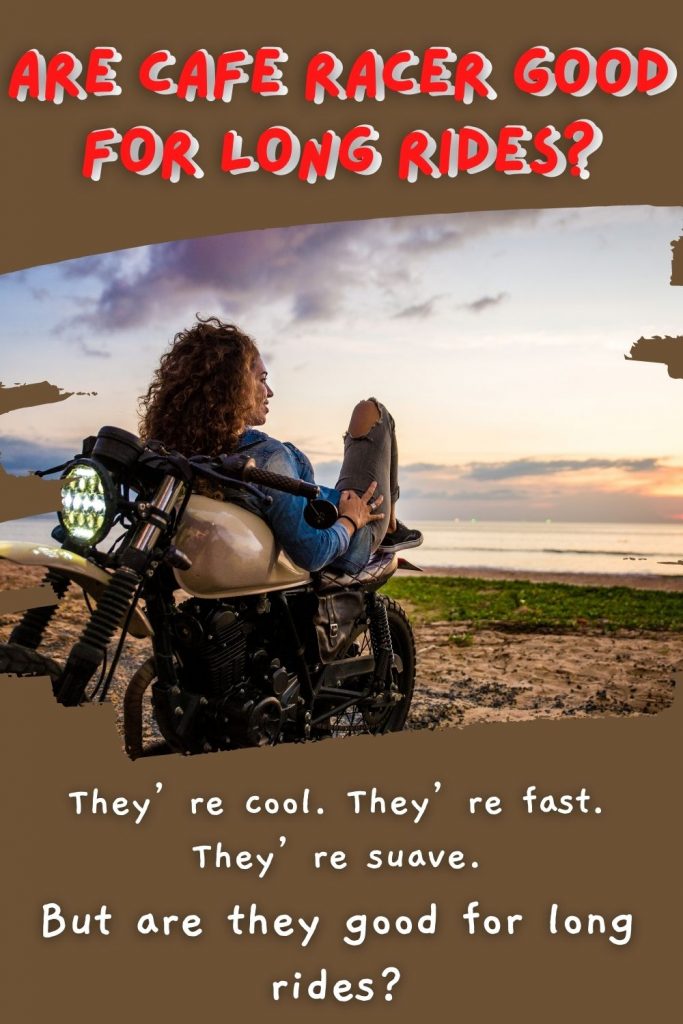
Is a Cafe Racer Comfortabel?
No. One thing that Cafe Racers were not built for is comfort.
Now, that doesn’t necessarily mean that they are uncomfortable, depending on the setting. After all, they’re custom builds. Customization is mostly focused on increasing speed and handling.
Remember that the origins of the bike were its main use of urban commuting and hopping from cafe to cafe. You don’t need much comfort for short trips like that. Instead, you need something zippy and maneuverable.
Also, consider the ergonomics of the bike. The handlebars are low and narrow and the footrests and foot controls are often placed in the rear, in a traditional racing setup.
Thus, you see a rider that is tucked in, leaning forward for aerodynamics, and with their feet set behind the alignment of their hips. It’s comfortable for the short term, but won’t be a position very sustainable for long haul riding.
If you try riding a Cafe Racer for a few hours straight, here are the hot spots you might start to notice:
- Cranky wrists: from being bent and in a weight-bearing position
- Cricked neck: from the crouched forward position
- Sore back: again, from that crouch
But, everybody is different, so these are assessments that are best made from your own experimentation with longer rides. See the description below on how to build up your tolerance for riding duration.
What makes a standard motorcycle to a Cafe Racer
A short excursion into the basics, if you want to learn more about Cafe Racer check this out.
The optimal features of a Cafe Racer include:
- Increased speed
- Better handling
- Lighter brakes
- Low-mounted handlebars
- Slab-style seat
The overall design of the bike is like the shadow of a racer. A racer that’s gone to the dark side down back alleys and rough streets. Think, smoky nostalgia and vintage flare. That’s what you’re after when you build your Cafe Racer. Which doesn’t leed to comfort.
How to make a cafe racer comfortable for a 3-hour drive
You can certainly keep the classic feel of your bike and add some tweaks to up the comfort. Will you feel fresh as a baby when you get to your destination? It’s not likely. Three hours on any bike is going to cause a degree of discomfort.
You will likely find a more comfortable bike by going with a stock-build Cafe Racer, but loyalists to the design will tell you that a true Cafe Racer is always custom-built.
If you’re a purist, there’s no need to relinquish your bike’s soul as a Cafe Racer. See the tips below for comfort-focused details.
- Suspension: this is the definition of ride-comfort. You don’t want to be feeling every little bump when you’ve got hours of riding to log.
- Foot controls: a main feature of the Cafe Racer are those rear-set foot controls. There is a range of adjustments that you can fiddle with though.
- Handlebars: just like those footrests, you can find the right fit here. Raise the bars a bit so you aren’t leaning quite as far forward.
- Seat: opt for a comfort cushion here. Your bum is the only important call-maker here. And a long ride on a bad seat will just leave you numb and uncomfortable.
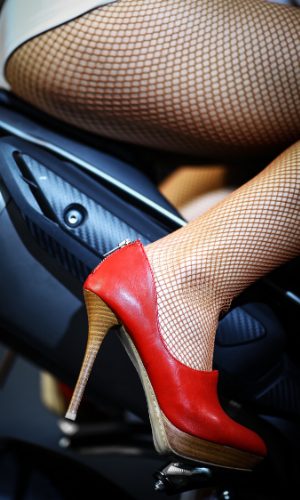
Can you tour on a cafe racer?
You can certainly tour on a Cafe Racer – no one is going to stop you. Yet, a consideration that might come to mind is if those long rides are comfortable. If you’re thinking of taking a Cafe Racer out on a distance trek, there are a few things to keep in mind.
It’s not the ideal bike for traveling long distances, but if it’s your only ride, go for it. But expect things to feel a bit tight when you hop off the bike.
Since there are no storage compartments on a traditional Cafe Racer, you need to find another way to haul your stuff. You could choose a backpack as an easy solution, but that’s not ideal due to your aggressive riding position.
Another option would be to load your bike with some tank bags or to bungee your gear down onto your seat. Aside from your toothbrush and granola bars, you’ll also want to be sure to pack safety gear for the long trip ahead.
Alright, we’ve smash-talked the Cafe Racer enough. When you take it touring, it will do very well at somethings, like:
- Handle winding roads and tight turns
- Be a conversation starter
- Pack a load of fun
You’re certain to look cool on your ride, just know that you might pay the price for it with a sore neck later on.
Riding a motorcycle, especially a Cafe Racer, is an endurance sport. You’ve got to be fit and you’ve got to implement recovery schemes as well. What a great excuse to start an exercise routine and take care of your body.
When you’re in great shape, you can ride longer and you won’t be nearly as uncomfortable during or after a trip. Plus, you can’t let your bread basket get in the way of your gas tank. That doesn’t feel or look cool, does it?
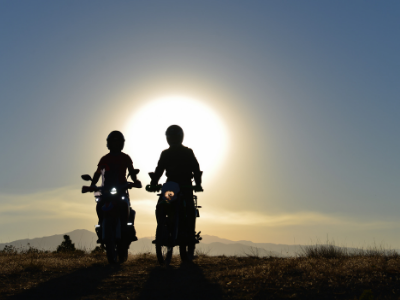
Long distance ride on a cafe racer
It’s suggested to work your way up to long rides on your Cafe Racer. These bikes were designed for fun riding and speed, not necessarily long straight hauls. Progressing the duration of your riding step by step can save you a load of trouble.
You’ll be able to figure out where you have the biggest discomforts, and therefore be able to adapt the bike for the best fit.
Follow these steps to work your way up to long-distance riding:
- Weekend 1: several 30-45min rides
- Weekend 2: several 2-3 hour rides
- Weekend 3: Short weekend trip, 4-5 hours of riding each day
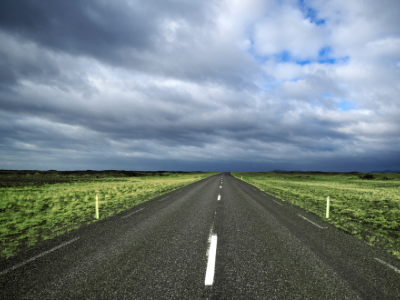
After each of these weekends, take the time to notice things like how you feel when you get off the bike, areas of soreness or hot spots, and how your body feels the next day.
Once you’ve logged two days in a row of 5+ hour rides, you’re ready to start planning your tour. By this point, you’ve probably realized any bike setup changes you need to make and figured out how to harness the most comfort out of your bike.
Here are a few extra tips to keep things comfy:
- Stay hydrated: dehydration can make you sore, increase fatigue, and give you a headache
- Frequent stops: hop off the bike and walk around. Take your time on these breaks.
- Stretch it out: when you’re at a pit stop, stretch out any tight spots, like your wrists and hamstrings
- Take care of your back: being in a hunched forward position for so long can do a number on your back. Whenever you stop, make sure you’re doing some backward arching to get some extension in your lower back.
Take it a step further and keep that fanny fresh by using gold bond powder and investing in a few nice pairs of cycling compression shorts and riding pants. Many riders choose to add some extra padding to their seat, even a faux sheepskin would be nice (and quite luxurious if you’re into that).
Use earplugs to protect those drums from the onslaught of endless motorcycle rumble and avoid annoying tinnitus for the rest of the day.
Conclusion
One of the best things about owning a motorcycle is those long weekend rides. Empty roads, fresh air, and endless sights are just a few things to look forward to when the week comes to an end.
A Cafe Racer can do that for you, but only when you approach it with intention and realistic expectations. Take your time to get prepared and you’ll be thankful that you did when you’re a few days into your tour with only the forward direction to go in.

